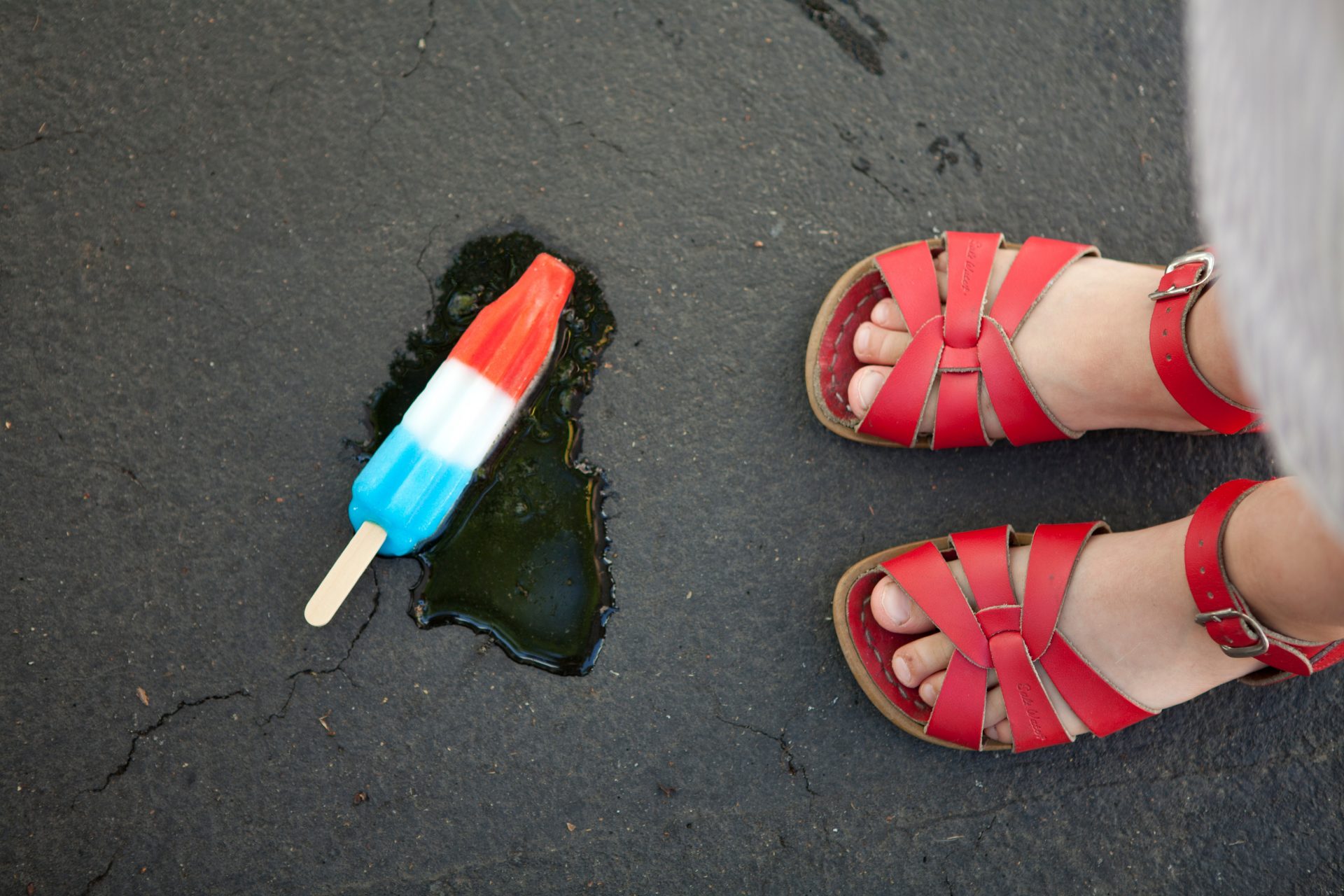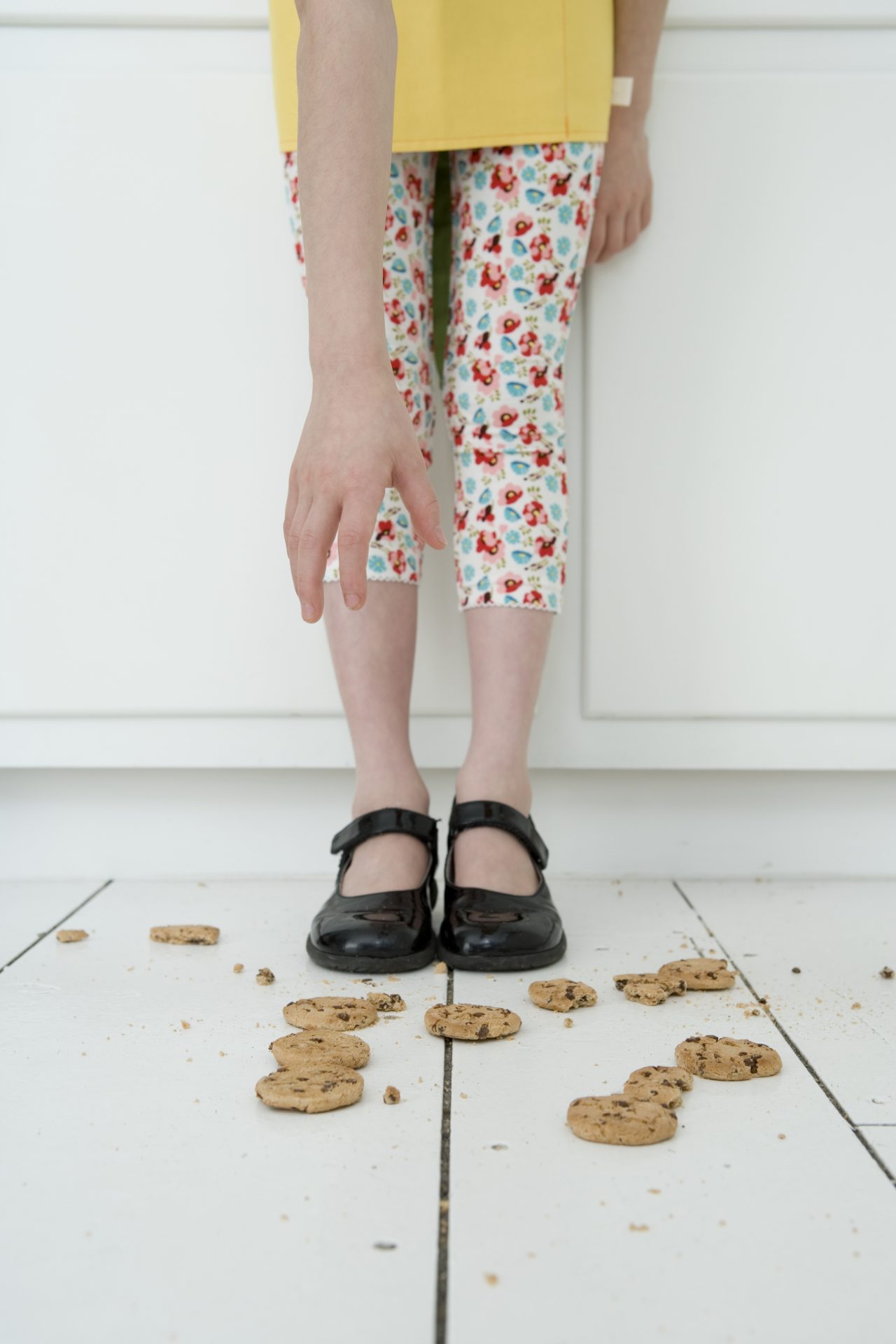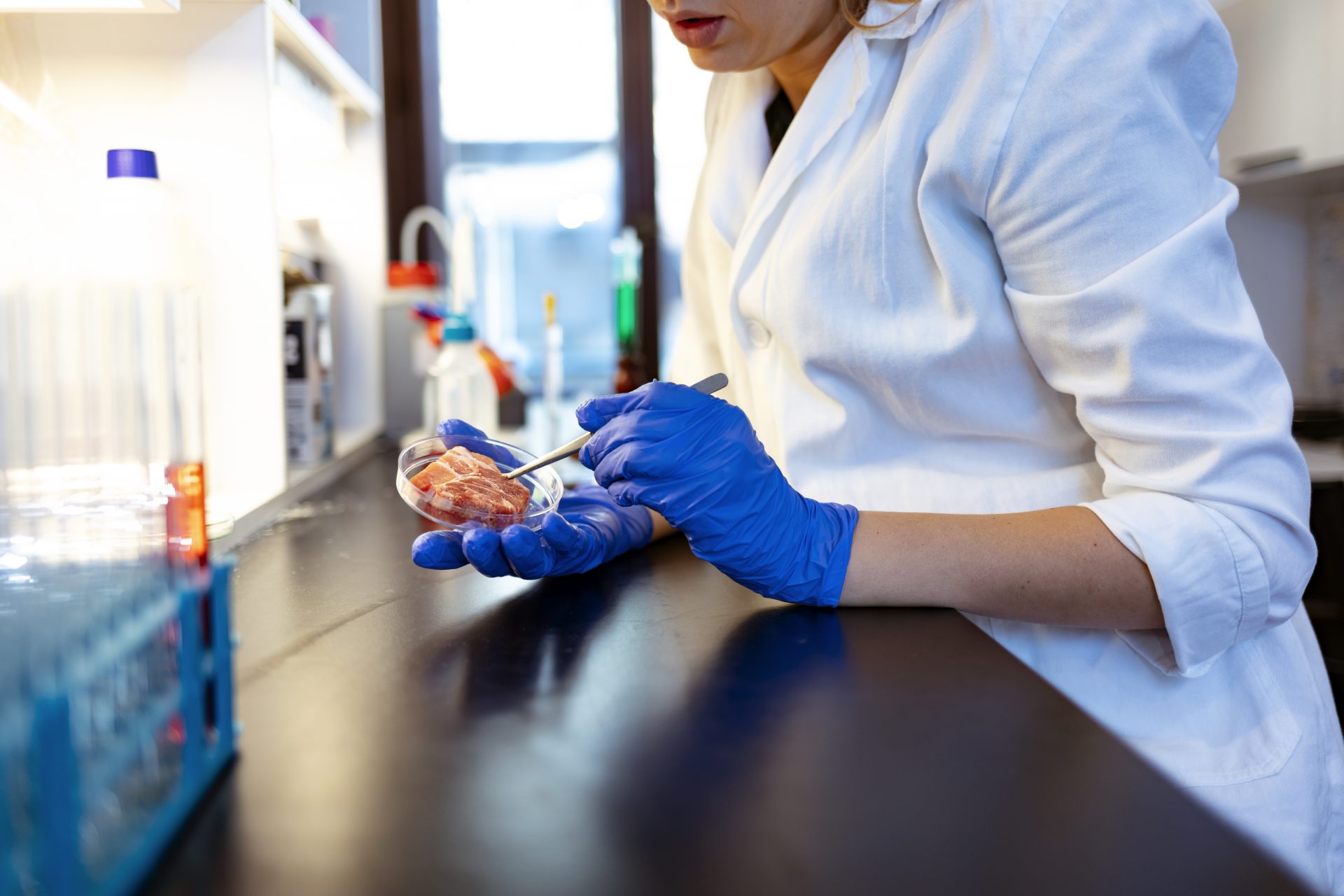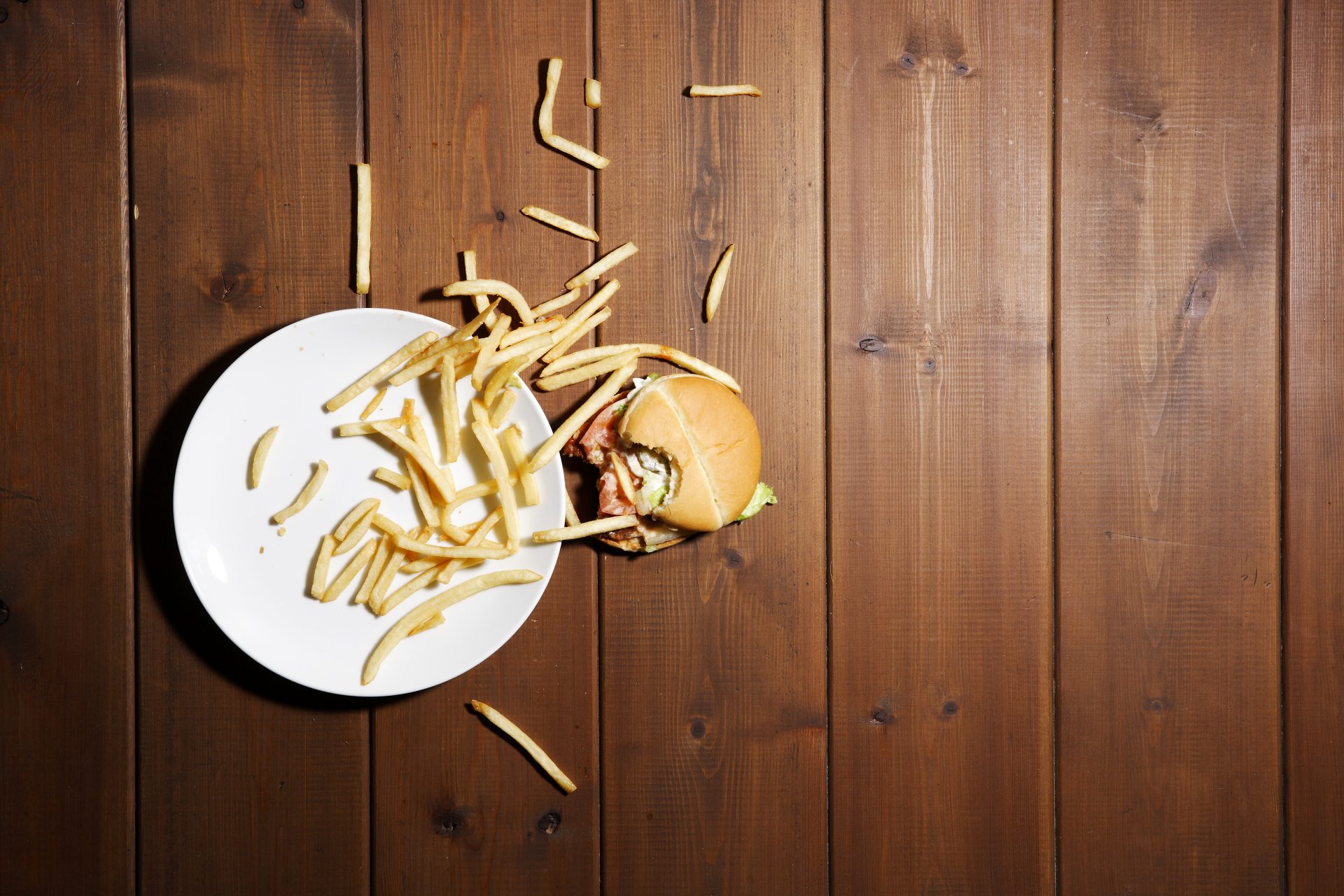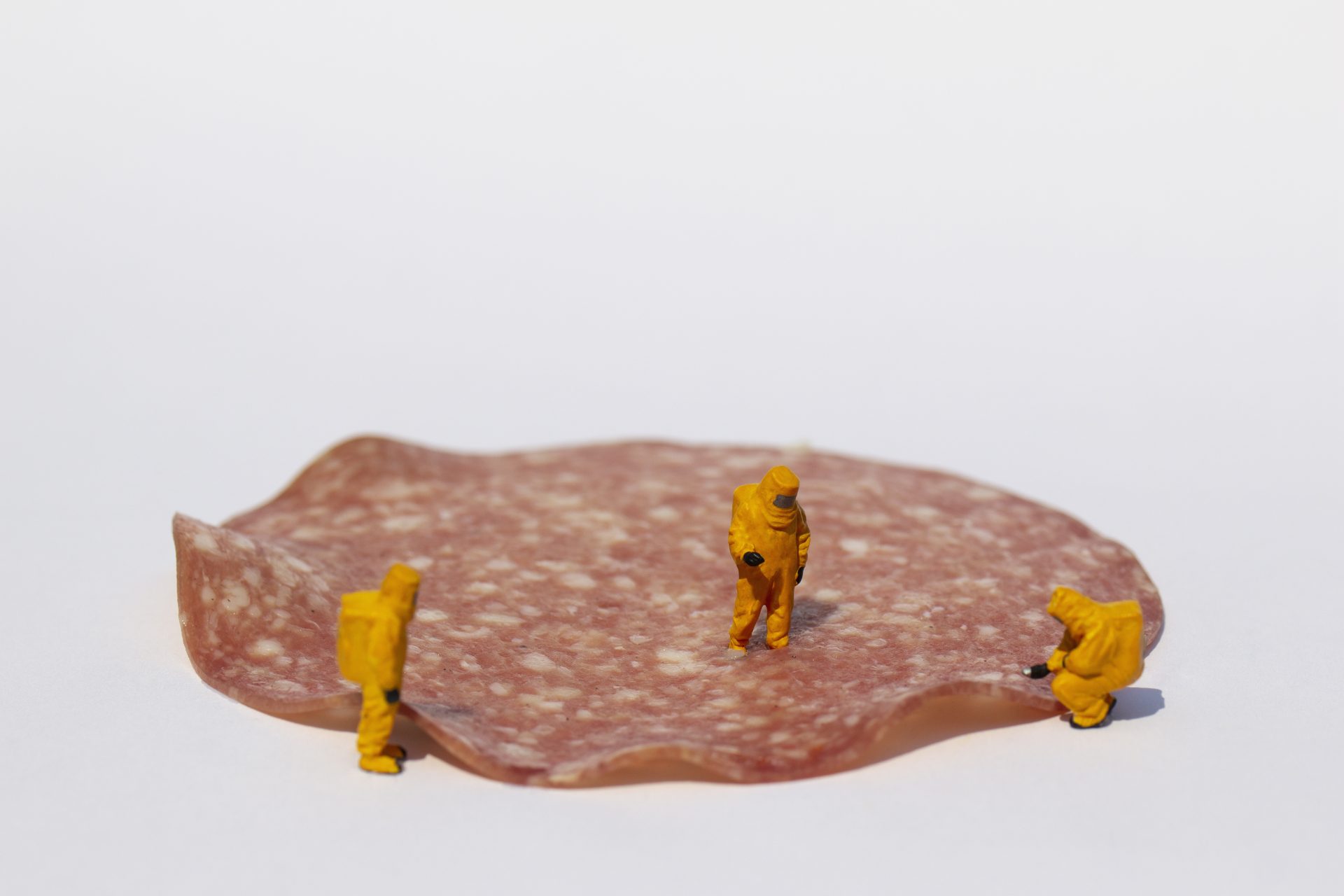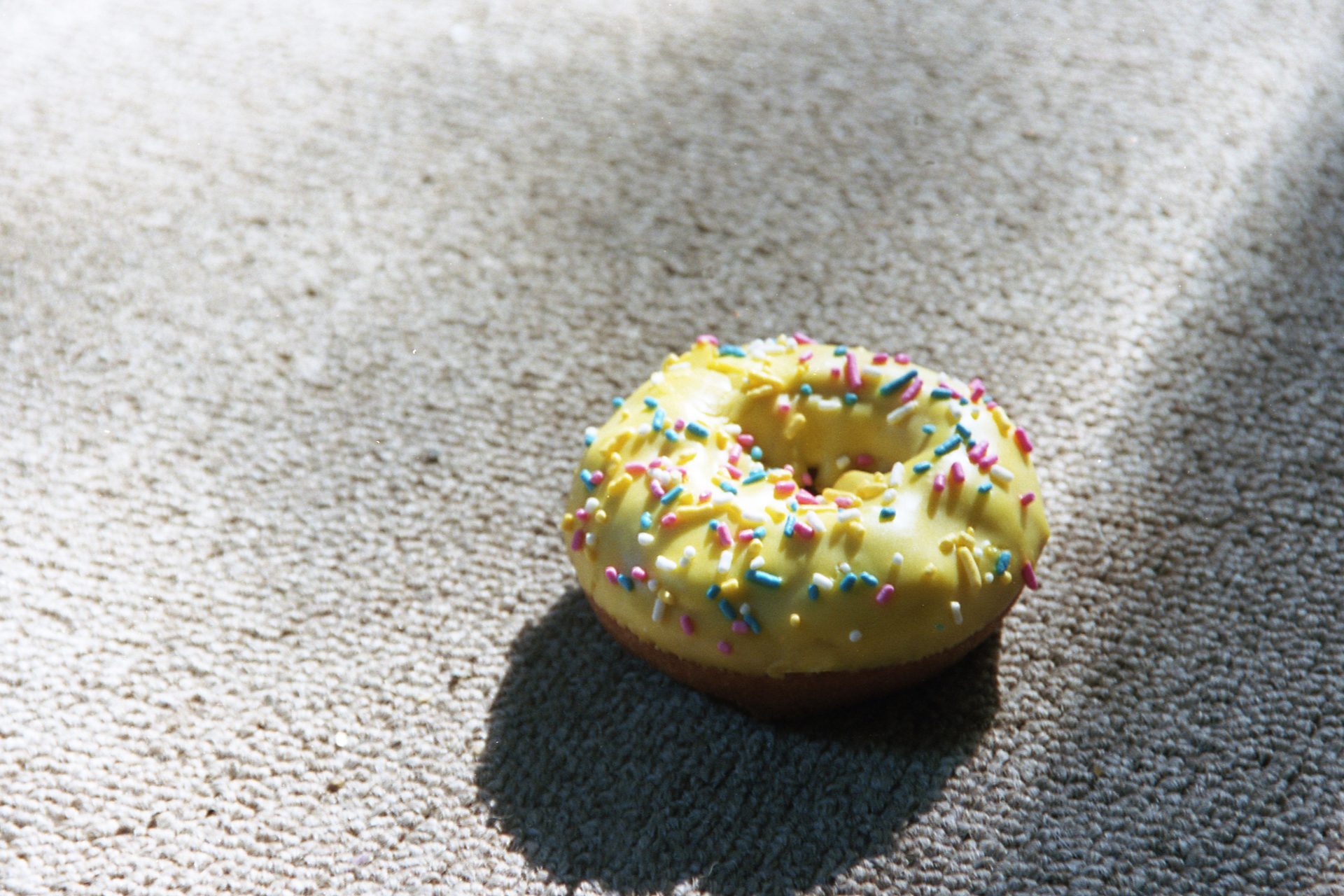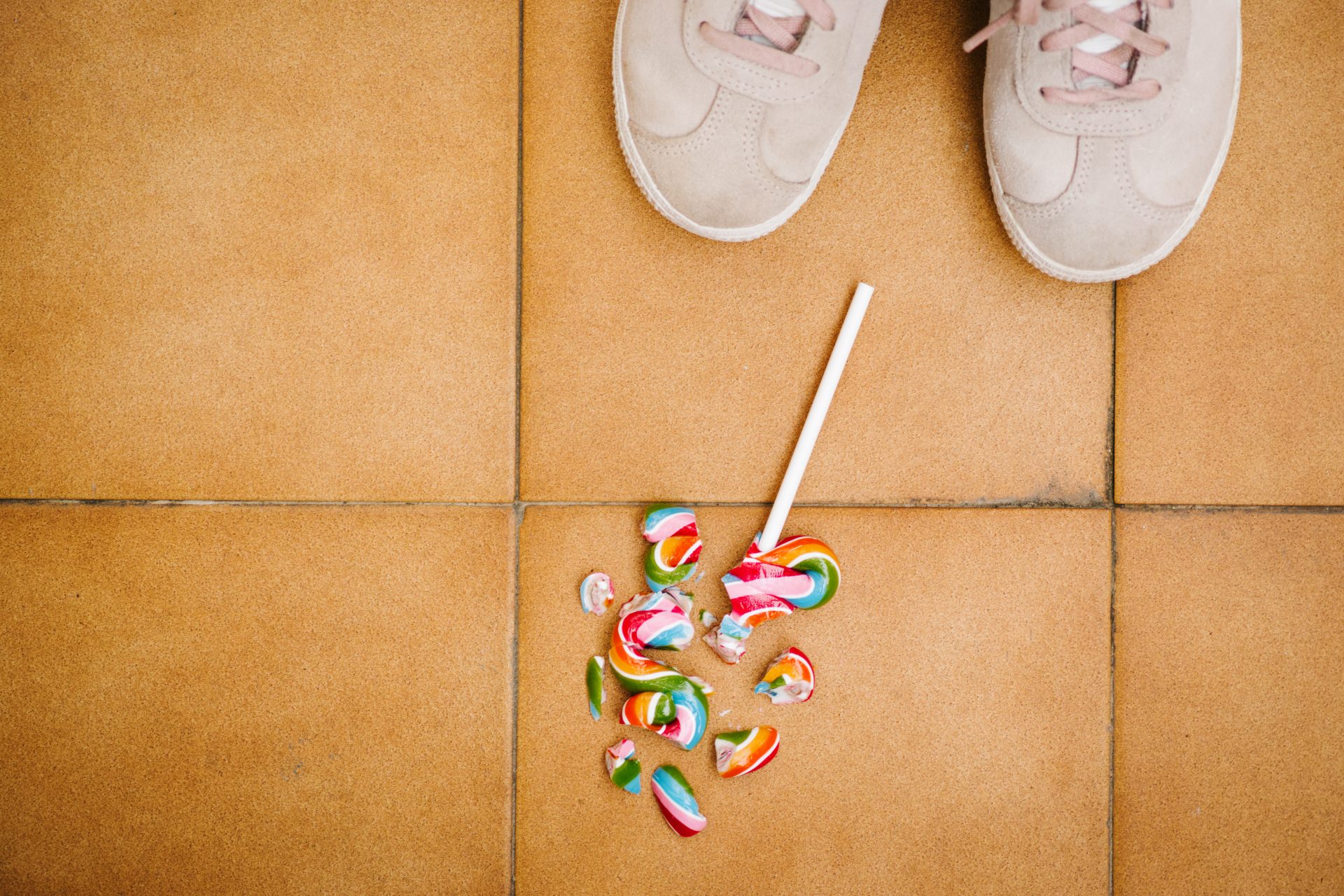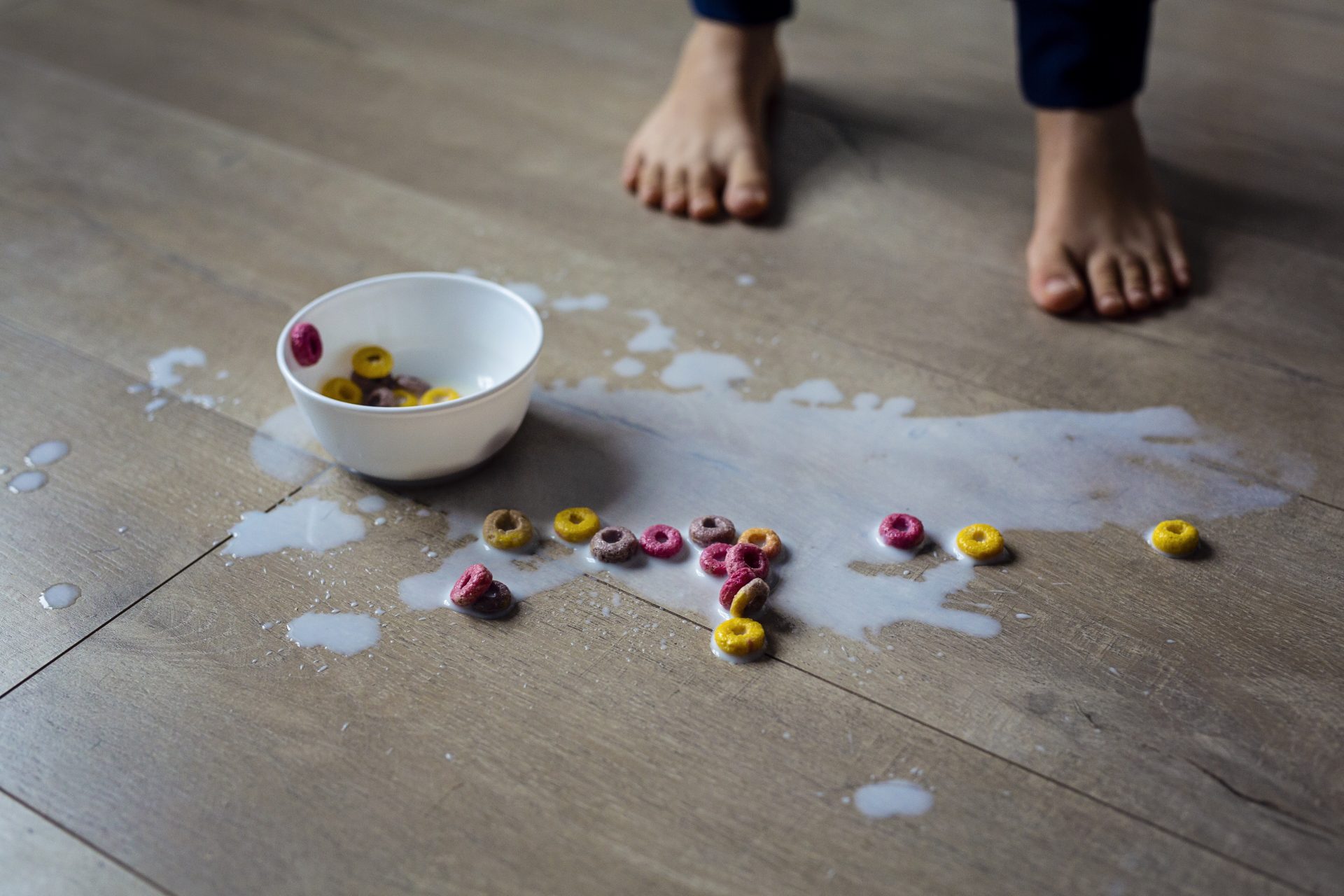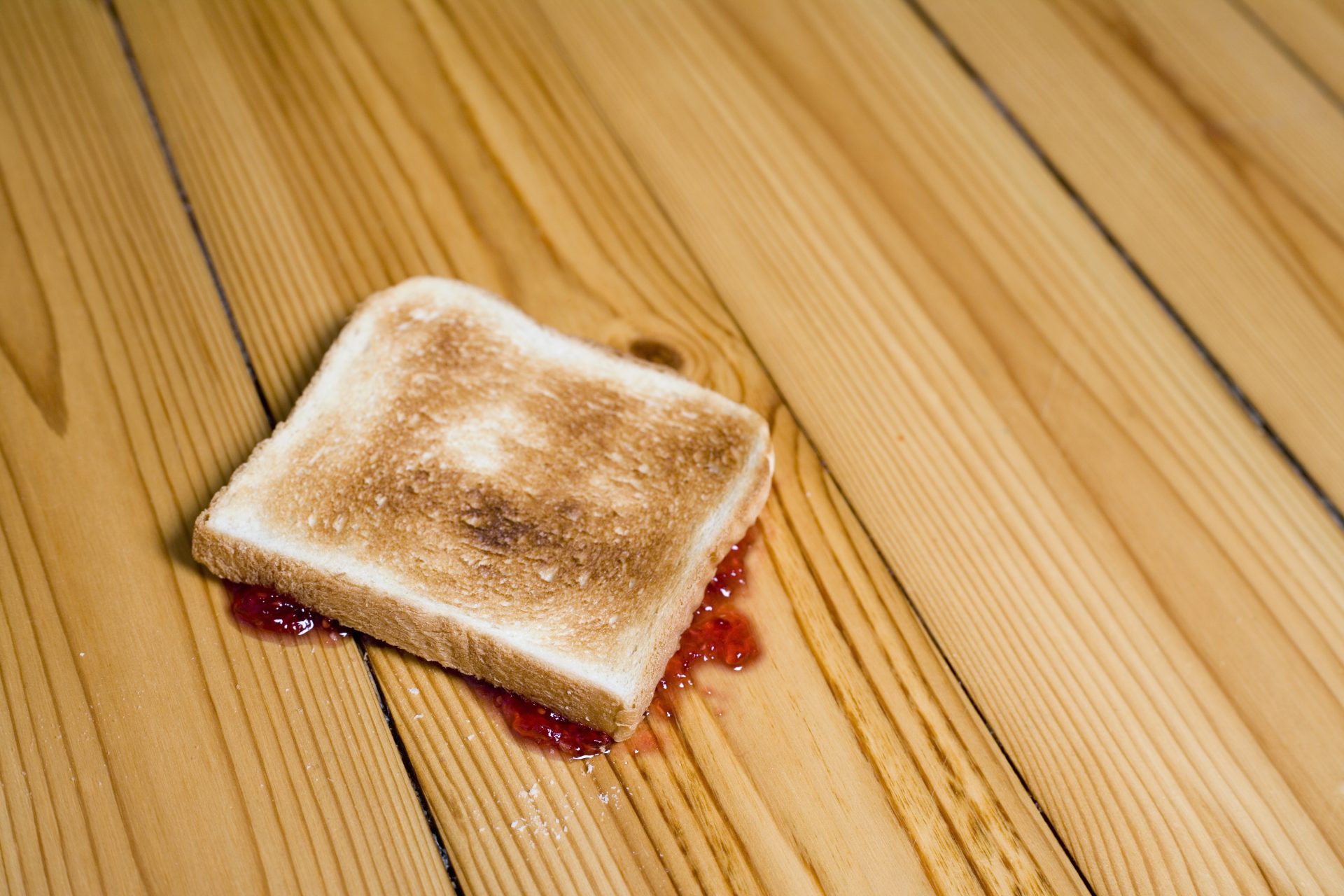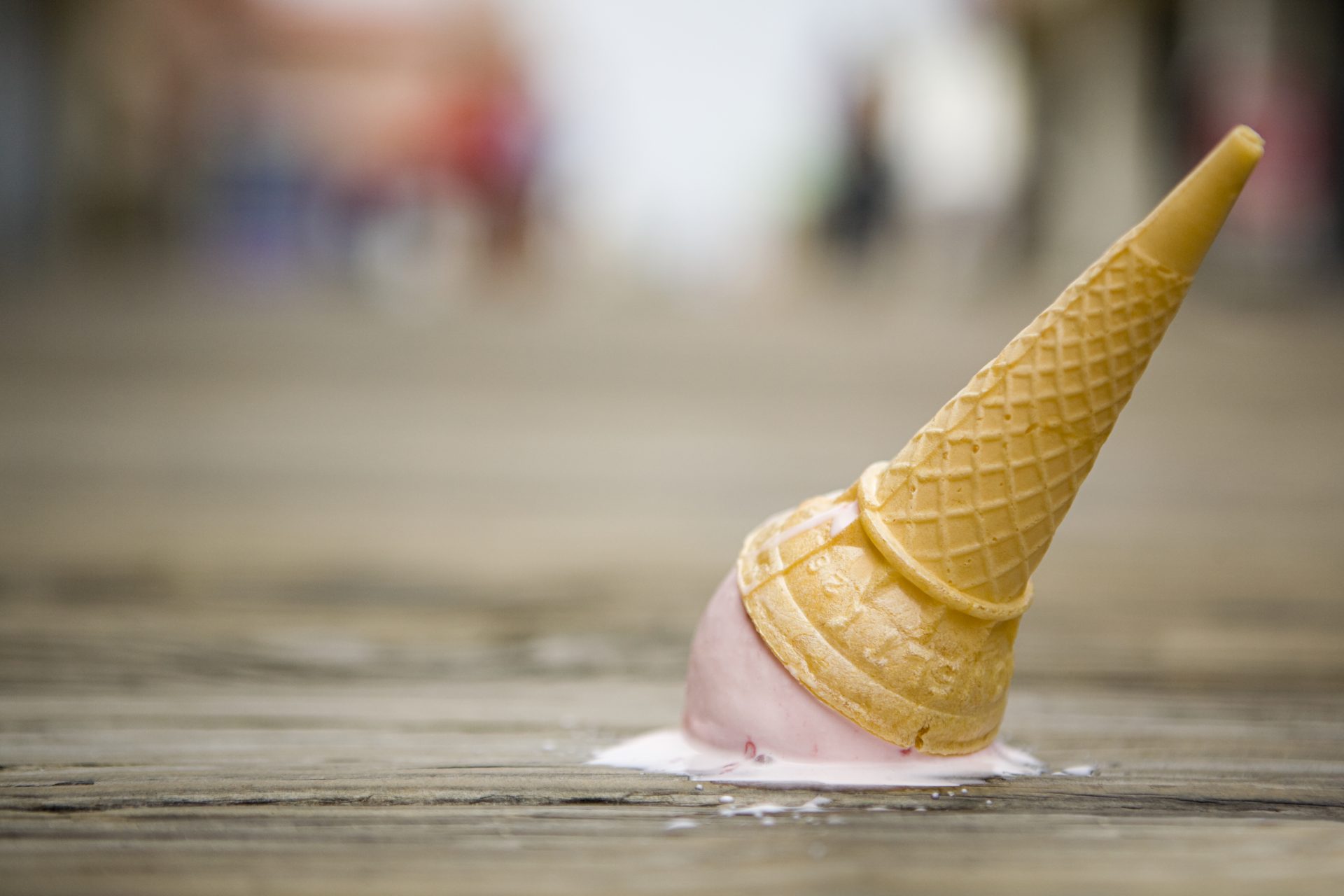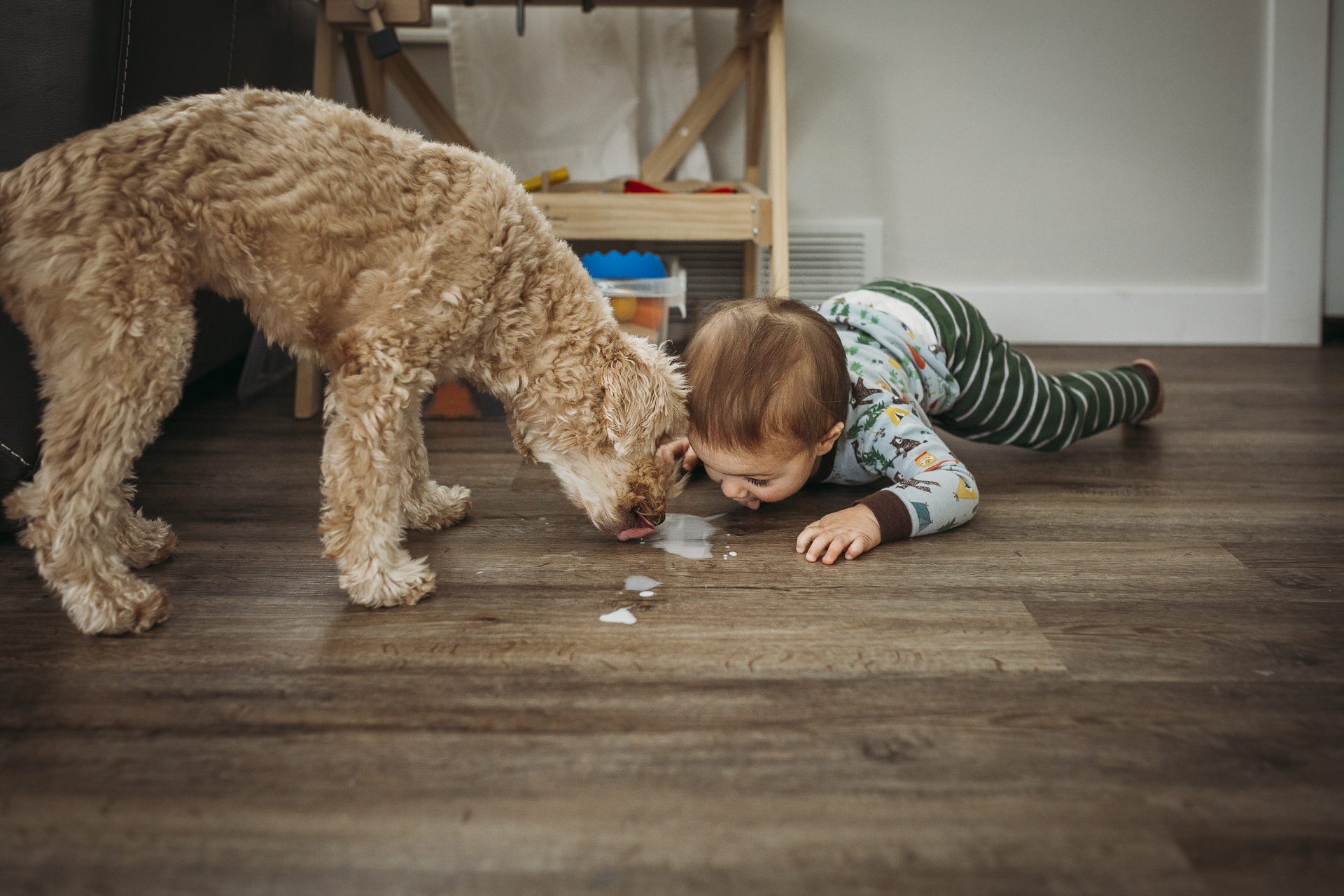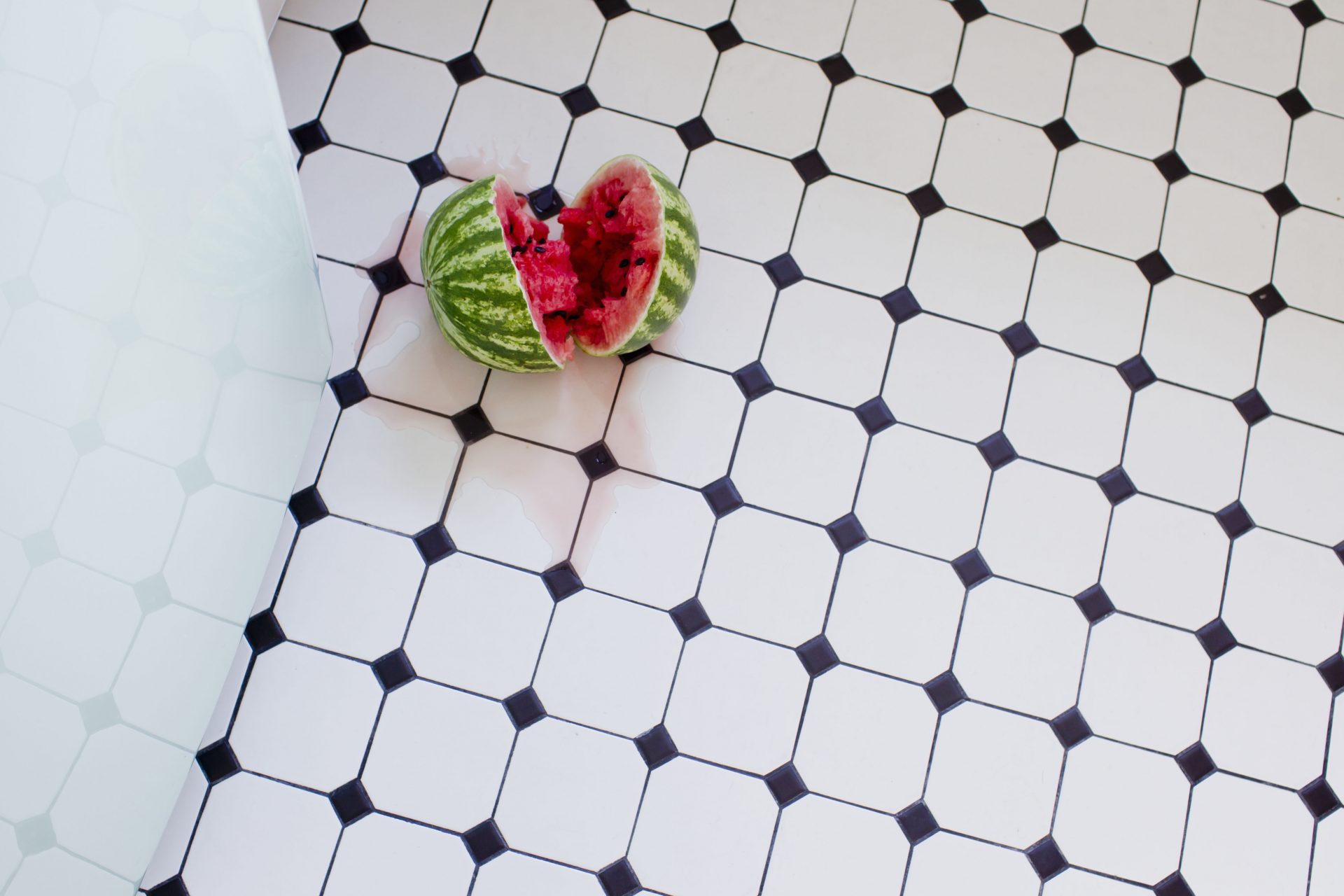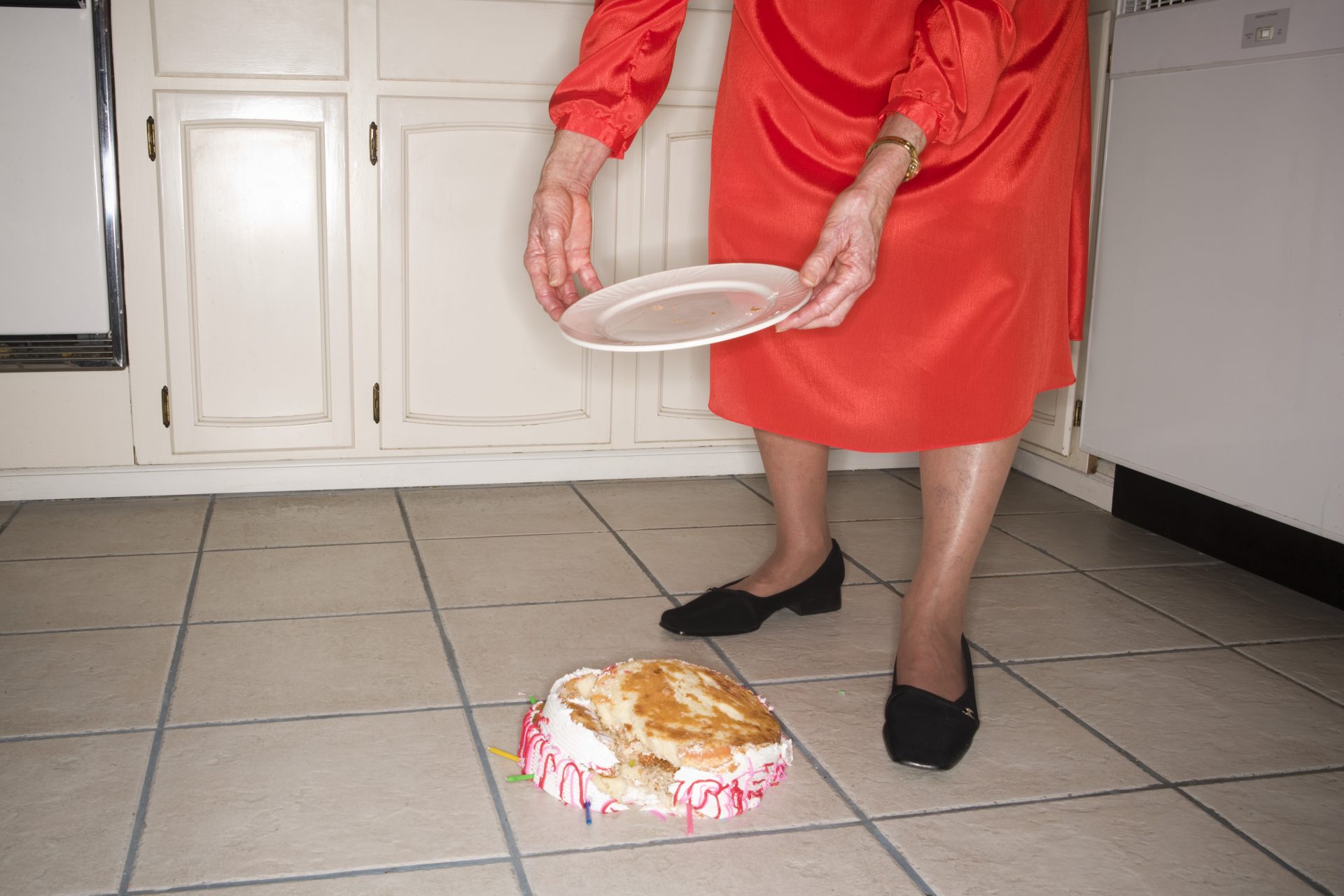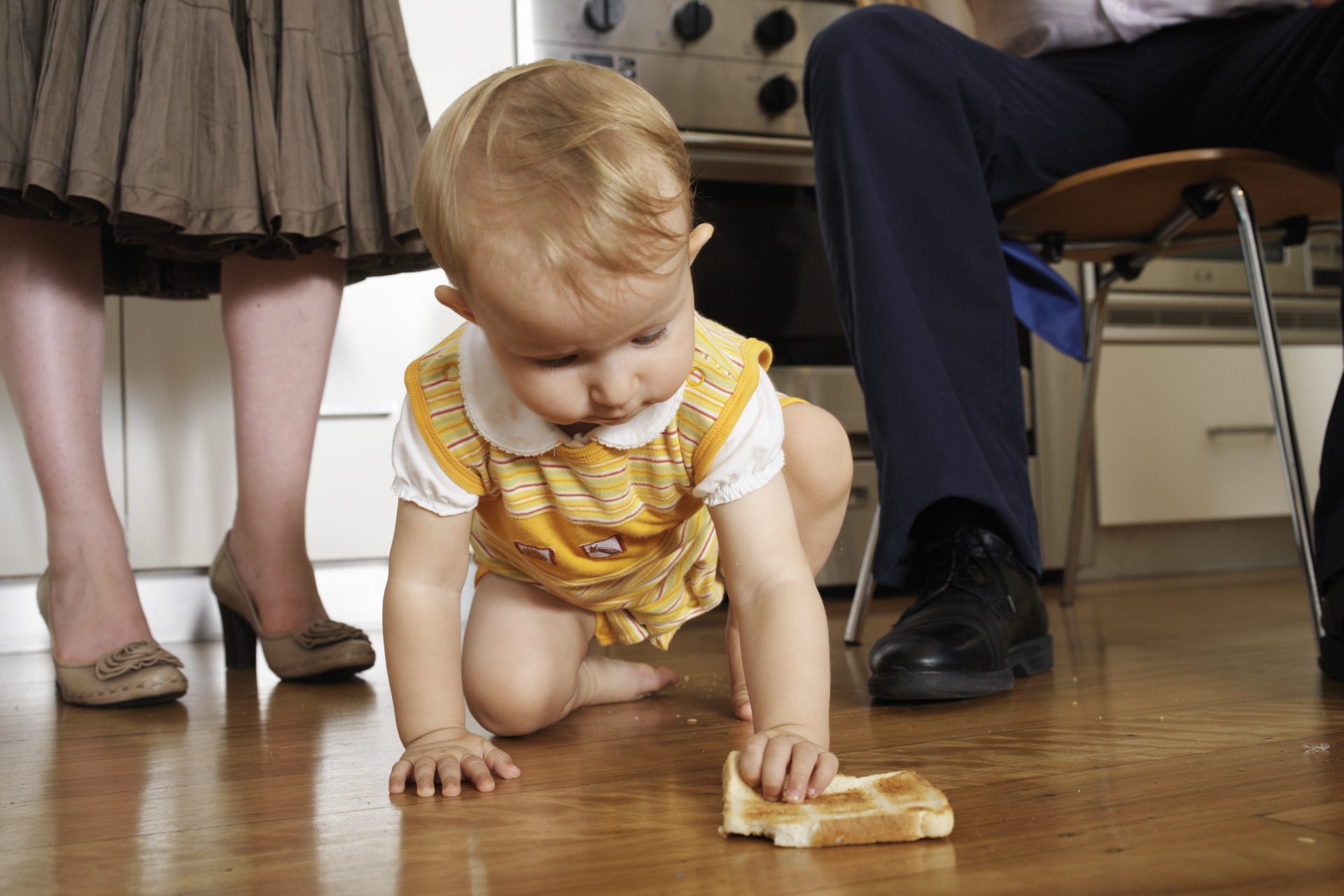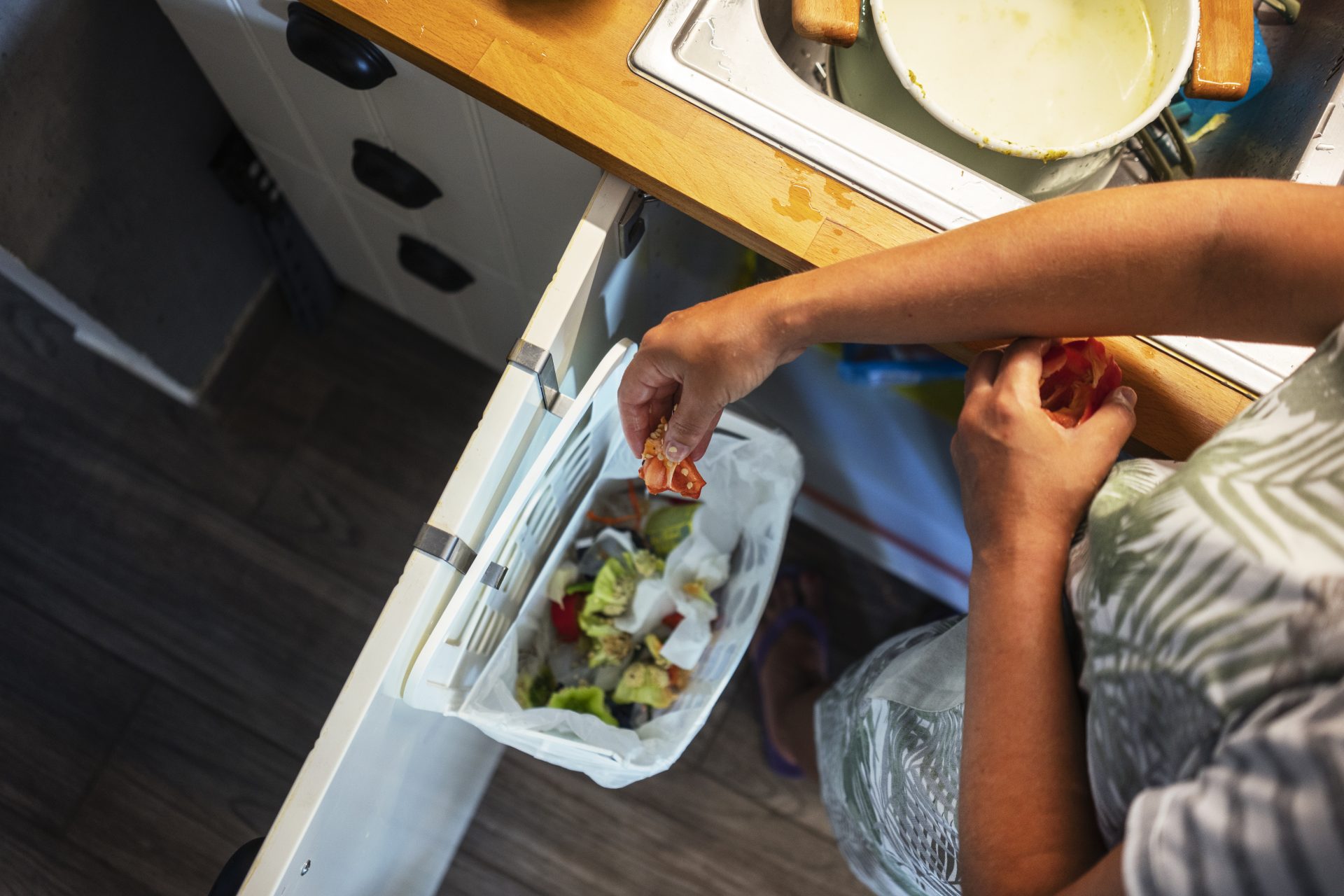Debunking the 5-Second Rule: should you really eat dropped food?
The "5-second rule" – that universal law governing dropped snacks – has been around for ages. Who hasn't heard that if you swoop down and grab your fallen treat within five seconds, it's still okay to eat?
But is there any truth to this "rule"? Join us as we take a look at the 5-second rule and see if it truly holds up under the scrutiny of science.
While the 5-second rule can sometimes be convenient, especially if you've just dropped a delicious treat you were dying to eat, the scientific foundation might be a tad less sturdy.
According to Dr. Paul Dawson, a food scientist at Clemson University, in a piece on the subject by the Washington Post, "Bacteria can contaminate instantaneously." Let's unwrap the science behind our dropped cookie conundrum:
As Professor Donald W. Schaffner, the food microbiologist extraordinaire at Rutgers University, points out to the Washington Post, "Bacteria and other mischievous microbes don't wait around for countdowns."
In fact, Rutgers researchers say that in some cases bacteria transfer can occur in just one second.
As reported by Healthline, researchers at Rutgers University found that in regards to the surface the food falls on carpet is slightly better as it has a lower transfer rate of bacteria to the food.
The researchers found that hard surfaces such as tile, stainless steel, and wood have much higher transfer rates.
However, whether it's marble, carpet, or an ancient mosaic floor, if food touches the ground, you can be sure it WILL be contaminated.
You might also think that some foods are "safer" to eat after falling on the floor than others. For example a dry piece of toast that falls on the floor vs. one smothered in jam. Do wetter foods attract more bacteria?
Dr. Schaffner told the Washington Post, "Moist foods left out on a surface can attract more bacteria than a potluck attracts hungry guests."
So the wetter or stickier your food is, the more prone it is to become a prime candidate for a bacterial dance-off if it touches the ground.
So it is pretty clear that the 5-second-rule is a bunch of malarkey. However, you may be hesitant to throw away food you dropped in your own home. According to Healthline, if you are a healthy adult you will probably be okay if you follow the 5-second-rule.
However, the publication points out that some people are more vulnerable and should never eat food that has fallen on the floor.
In the case of young babies and children, pregnant women, the elderly or those with weakened immune systems, eating food that fell on the floor just isn't worth the risk.
According the CDC (the American organization for disease control and prevention), 76 million illnesses are caused by foodborne diseases each year and result in 5000 deaths in the USA each year!
From Norovirus to Salmonella to Staph infections, there are many bacteria and viruses caused by foodborne illnesses, so those who have a delicate state of health really must toss that dropped cookie in the trash!
More for you
Top Stories



